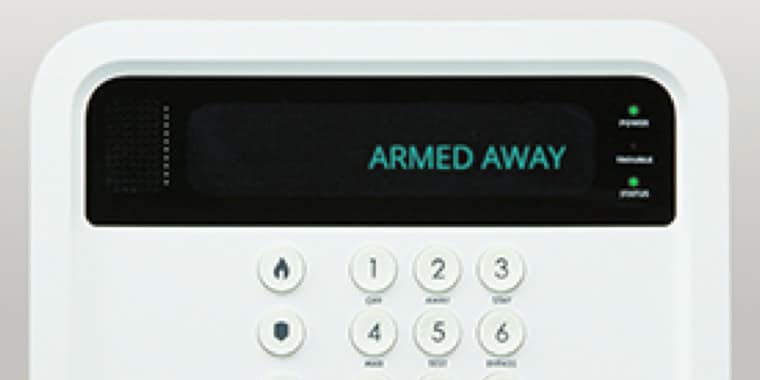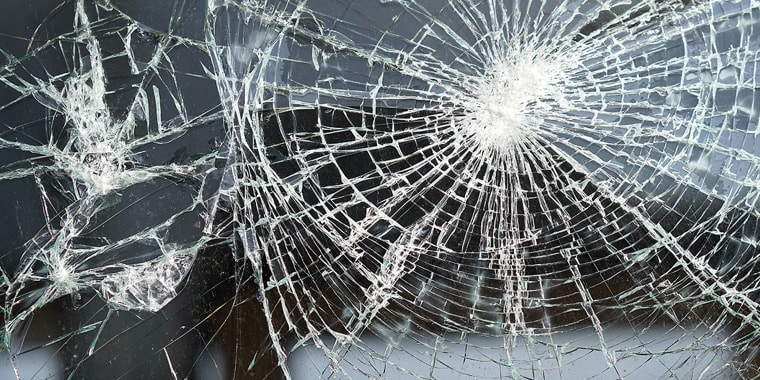Most people know the basics of fire safety such as a fire safety plan, call 911 and a designated place to meet. But when a fire actually happens, you can easily become disoriented and panic can set-in.
Here are the five things you need to be aware of during a fire:
1. Limited visibility
2. Fast-spreading flames
3. Smoke Disorientation
4. How to Exit During a Fire
5. Scared children and pets
Limited Visibility
In movies and TV shows, the fire smoke typically seems pretty thin. However, in real life, fires create thick black smoke that can limit your visibility to just a few inches, according to the U.S. Department of Homeland Security.2 To prepare for this situation, you and your family should practice exiting the house with your eyes closed. Further, you should stay low to the ground, crawling whenever possible, as this is where the smoke and its toxins are thinnest.
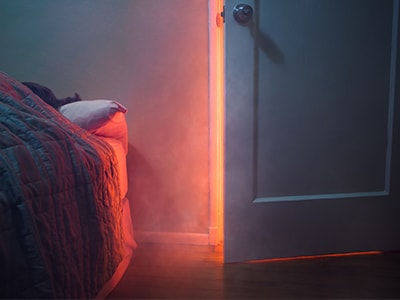
Fast Spreading Flames
It takes just 30 seconds for a small flame to turn into a major fire according to the U.S. Department of Homeland Security. In just a few minutes, your home can be filled with smoke or engulfed in flames.2 Because of this, you should evacuate the house as quickly as possible—don't try to gather any belongings. Instead, follow your exit plan and call 911 as soon as possible.
Even better, consider installing monitored smoke and heat detectors, so the fire department will be en route as soon as the alarm goes off. Monitored smoke and heat detectors will shut off the HVAC when smoke is detected which will prevent dangerous air from being circulated.
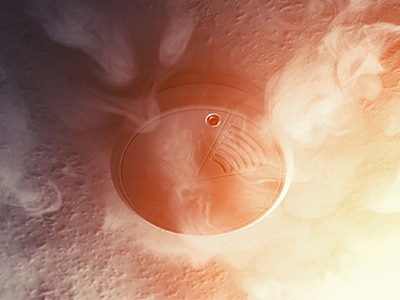
Smoke Disorientation
It's important to get out of the house as quickly as possible. You should crawl on your way out, as smoke and toxic fumes will be more potent near the ceiling. As fire and smoke spread throughout your home, you may quickly become disoriented. Fire consumes much of the available oxygen in the air, leaving your own levels precariously low. As you try to breathe, you'll end up inhaling toxic fumes, which can cause coughing, vomiting, nausea and confusion, according to the Michigan State University Extension.3
Falling Debris and Blocked Exits
As you evacuate your home during a fire, you may come across fallen debris or flames that are blocking doors or hallways. Don’t try to cross debris during your escape. For this reason, it's important to establish and practice a secondary escape route, even if it's through a window or onto a neighboring roof.
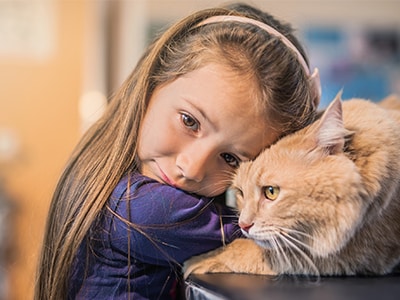
Frightened Children and Pet Fire Safety
Between the smoke, sounds of smoke detectors going off and being disoriented, children and pets can easily be lost or confused. On top of that, children are often afraid of firefighters due to their protective gear. To help kids move past this fear, explain that firefighters are friends and that they're there to help. You may even want to take your children for a visit to the fire station to familiarize them with fire gear and talk to the fire fighters about how they are trying to help them.
Pets are harder to train for an emergency. Evacuate as planned, then let a firefighter know where your pet might be hiding in the house. You can order pet safety decals on MyADT.com or download below to identify how many pets are in the home.
Remember, fire spreads quickly and can cause disorientation in seconds, so it's best to leave their rescue to the professionals.
Related Articles
1 "U.S. Fire Statistics." U.S. Fire Administration. July 09, 2018. Accessed August 21, 2018. https://www.usfa.fema.gov/data/statistics/
2 "Home Fires." Ready.gov. U.S. Department of Homeland Security. Accessed August 21, 2018. https://www.ready.gov/home-fires
3 Bush, Elaine M. "Smoke Inhalation Is the Most Common Cause of Death in House Fires." Michigan State University Extension. January 28, 2015. Accessed August 21, 2018.
http://msue.anr.msu.edu/news/smoke_inhalation_is_the_most_common_cause_of_death_in_house_fires
4 "What To Do If A Fire Starts." American Red Cross. Accessed August 21, 2018. https://www.redcross.org/get-help/how-to-prepare-for-emergencies/types-of-emergencies/fire/if-a-fire-starts.html



